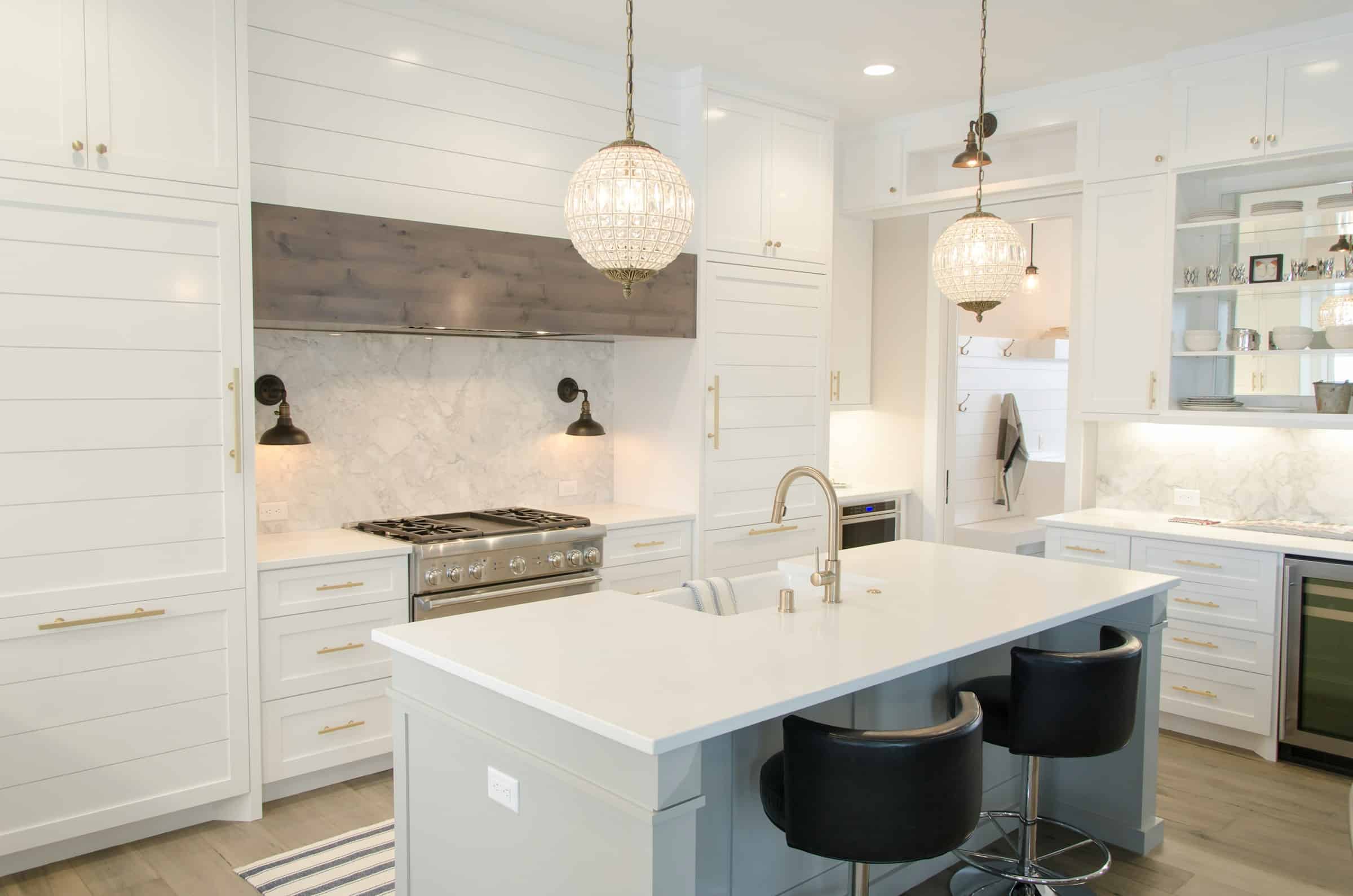How to Create a Safe and Inviting Play Area in a Multi-Use Family Room?

When it comes to creating an engaging and secure environment for your young ones, a well-designed and strategically thought-out play area can go a long way. A play area in a family room not only provides a contained arena for your children to explore and learn but also helps keep your living space organized and clutter-free. This article will provide you with innovative ideas and practical tips to transform your multi-usage family room into a playful learning space for your children, without compromising on the functionality and aesthetics of your room.
Understanding the Importance of a Dedicated Play Area
Before diving into the design and setup process, let’s first understand why a dedicated children’s play area in a family room is beneficial. A play area, more than just a space for toys, is a special environment where children learn, explore, and grow. It’s a crucial part of their growth and development, helping them build motor skills, cognitive abilities, and social skills.
A voir aussi : What Are the Top Energy-Efficient Appliances for a Modern Urban Kitchen?
Creating a separate, defined area for play within a multi-use family room has multiple advantages. It gives children a sense of ownership, bolsters their creativity, and promotes a sense of order. Simultaneously, it helps parents maintain a well-ordered space, ensuring that children’s materials aren’t strewn throughout the house.
Planning the Design and Layout
When planning the design and layout of your play area, consider the overall space, the number of children who will use the area, their ages, and their interests. Use the available room to create distinct zones for different types of play and learning activities.
Dans le meme genre : What’s the Best Way to Design a Low-Energy Consumption Home Theater?
Ensure that the play area is visible from the rest of the room, allowing for easy supervision. Safety should be your top priority, so consider using soft, non-slip flooring, secure storage solutions, and avoid sharp corners. The choice of colors is also significant. Opt for vibrant and engaging hues that will stimulate your child’s imagination and creativity.
Choosing Appropriate Materials and Furniture
The choice of materials and furniture in a play area significantly impacts its safety, functionality, and appeal. Select furniture that is sturdy, child-sized, and durable. It should be easy to clean and maintain, considering the spills and messes that are part and parcel of a child’s play.
Storage is an integral component of a playroom. Choose storage solutions that are accessible to the children, encouraging them to take responsibility for their belongings. Use low shelves, bins, and baskets that make it easy for your child to access and store their toys.
Incorporate a mix of open and closed storage options. Open storage allows children to easily see and choose what they want to play with, while closed storage is perfect for containing smaller items and reducing visual clutter.
Incorporating Learning Elements
Integrating education with play is a powerful way to stimulate a child’s love for learning. Incorporate various learning elements in the play area. Create a cozy reading corner with a bookshelf and comfortable seating. Include a writing or arts and crafts station stocked with supplies for drawing, painting, and crafting.
You can also incorporate interactive elements such as a chalkboard or magnetic board for creative expression. If space allows, consider including a science or exploration station equipped with age-appropriate learning materials related to science, nature, and exploration.
Balancing Play Spaces with Family Areas
The final key aspect to consider when designing a play area in a multi-use family room is how to maintain a balance between the children’s play space and the family areas. With clever design and thoughtful planning, it’s possible to create a harmonious environment that caters to both the needs of the children and the adults in the family.
Use room dividers or area rugs to visually differentiate the play zone from the rest of the room. Choose storage solutions that blend seamlessly with the room’s overall décor. If possible, match the color palette of the play area with that of the rest of the room to create a cohesive look.
Remember, creating a play area in your family room is not about creating a miniaturized version of a classroom or a chaotic mess of toys. It’s about creating a stimulating, safe, and inviting space where your children can play, learn, and grow while seamlessly blending this area into your family living space.
Prioritizing Age-Appropriate Play Equipment
When selecting play equipment for your dedicated area within the living room, you should always keep the age of your child or children in mind. It is crucial to choose toys and equipment that are both developmentally appropriate and appealing to your young ones. For infants and toddlers, consider elements like a baby-safe mirror, soft toys, and a play mat for tummy time. As your child grows, you can introduce sensory bins, puzzles, building blocks, and imaginative playsets.
For early childhood, incorporate toys that encourage creative play and cognitive development. Dramatic play items such as a pretend kitchen or tool bench, board games, and arts and crafts materials can be excellent additions. Remember, the goal is to create a learning environment that seamlessly blends into your living room and encourages your child to learn through play.
As image credit goes to various online sources like Pinterest, you can find numerous room ideas and playroom ideas for every age group. These can provide inspiration and help you decide what kind of play equipment would be suitable and engaging for your child.
Planning for Future Changes
As your child grows, their interests and needs will change, and your play area should be able to adapt to these changes. Consider how the play area can evolve with your child. Can the storage display easily be rearranged? Is there room to add a study desk later on? Could the play kitchen be replaced with a reading nook as your child’s interests shift?
Remember, flexibility is crucial when planning a child-friendly space in your family room. The ability to swap out toys and play elements keeps the space fresh and engaging for your child, and allows it to continue serving its purpose through various stages of early childhood.
Conclusion
Crafting an inviting, safe, and functional play area in a multi-use family room may seem daunting initially. However, with careful planning and thoughtful design, it can be an enjoyable process that results in a space that both your children and the rest of the family will love.
In this journey, sources such as Pinterest offer a wealth of inspiration and room ideas to help create a developmentally appropriate childhood environment, whether for your home or a childcare center. Interior design choices, from the color palette to the storage solutions, can make a significant difference in creating a stimulating and orderly space.
Remember, the key to a successful play area is a blend of safety, functionality, creativity, and flexibility. Aim to create a space that promotes learning, encourages play, and fits harmoniously within your living room. This way, you’ll have a space that truly caters to everyone in the family, from the youngest to the oldest. Keep these tips in mind, continue reading related articles, explore various room and playroom ideas, and you’ll surely create a play area that your family will cherish for years.
